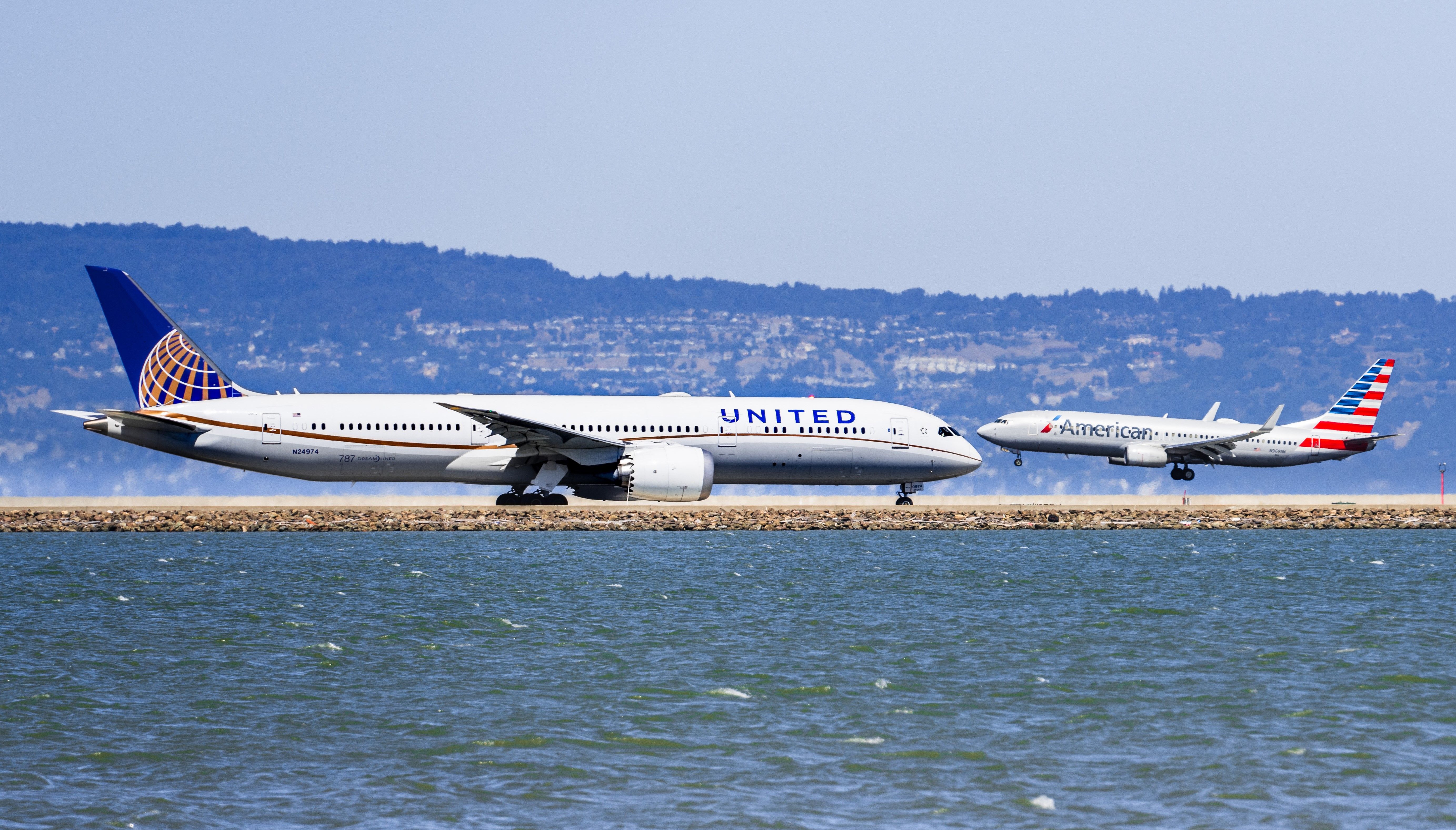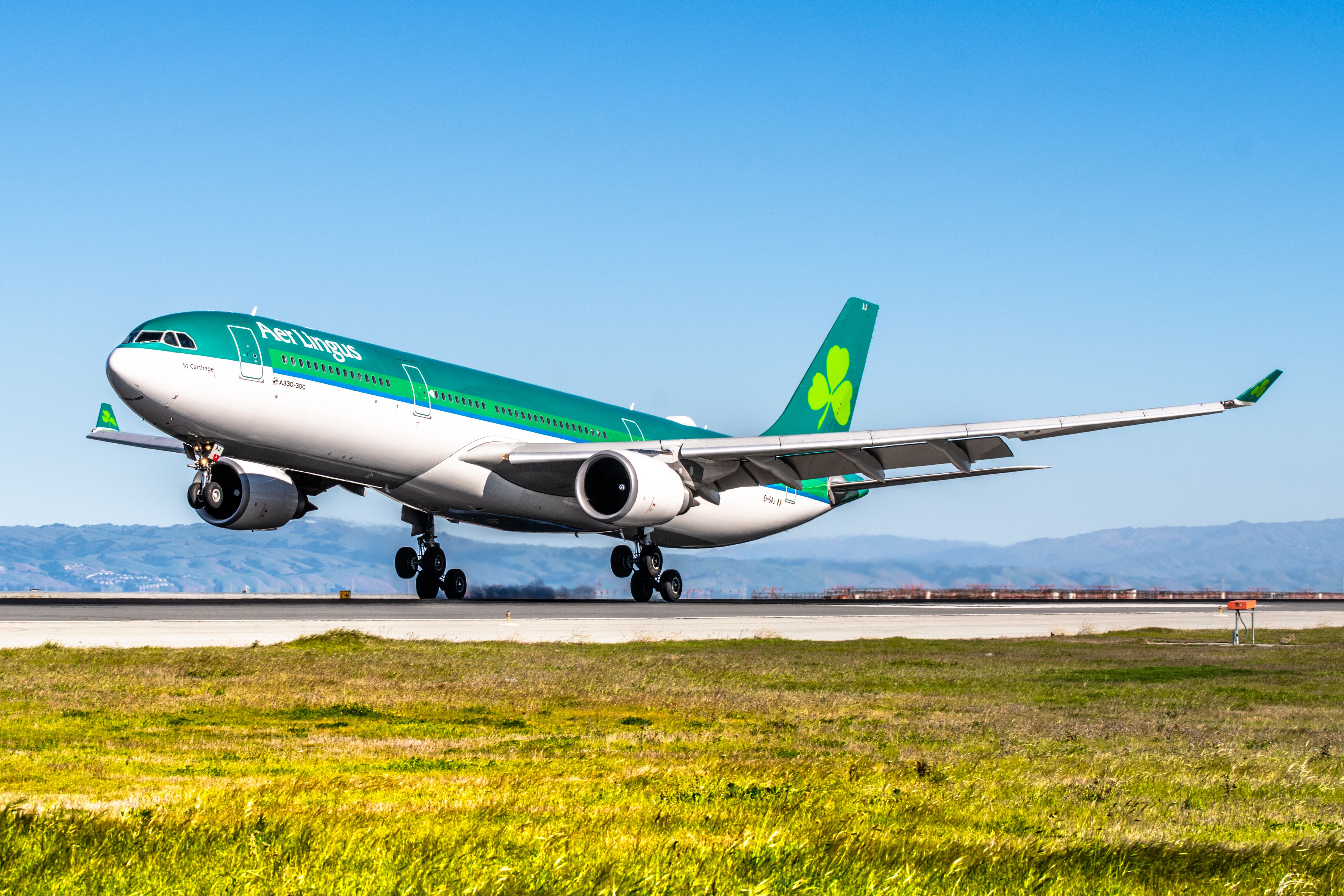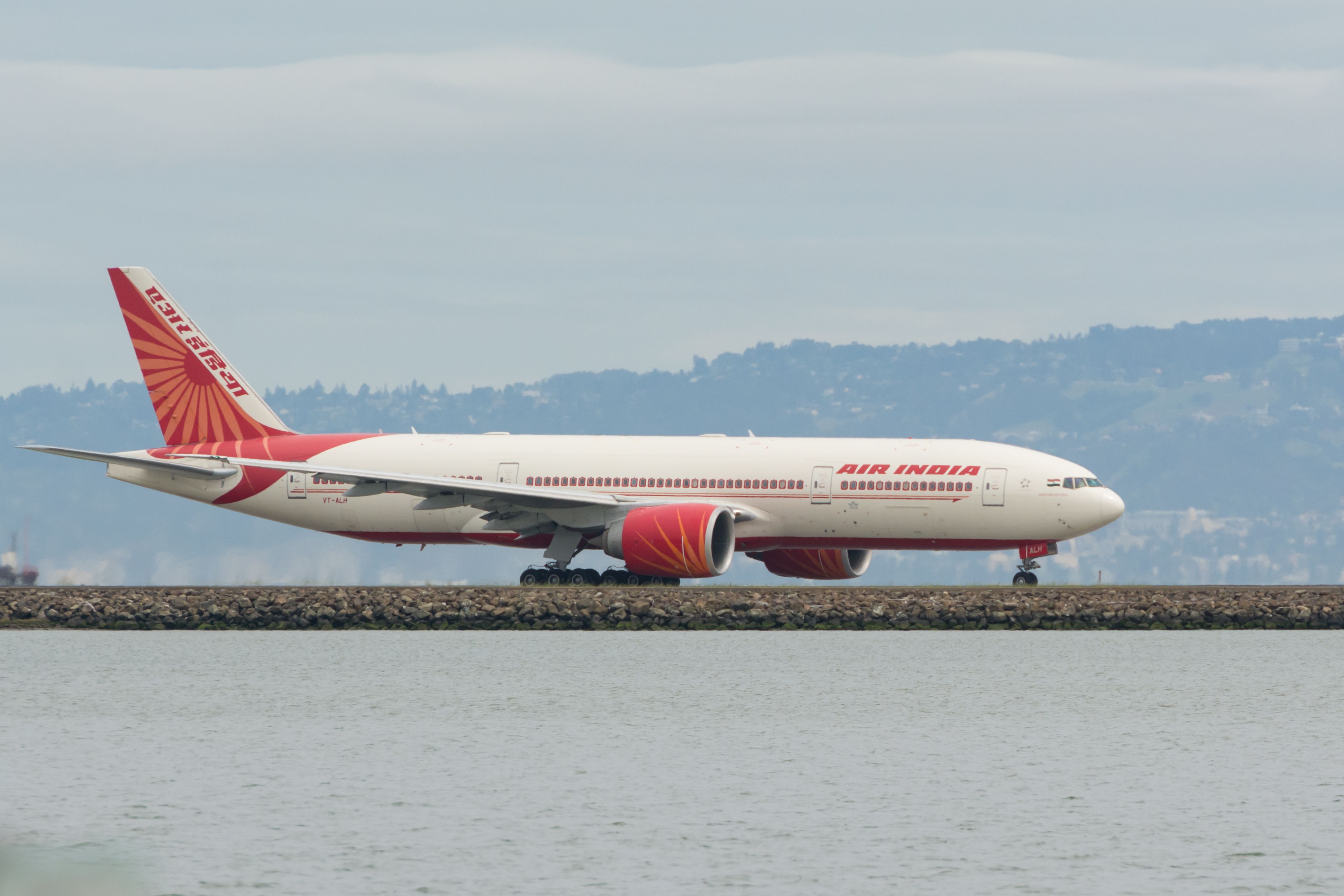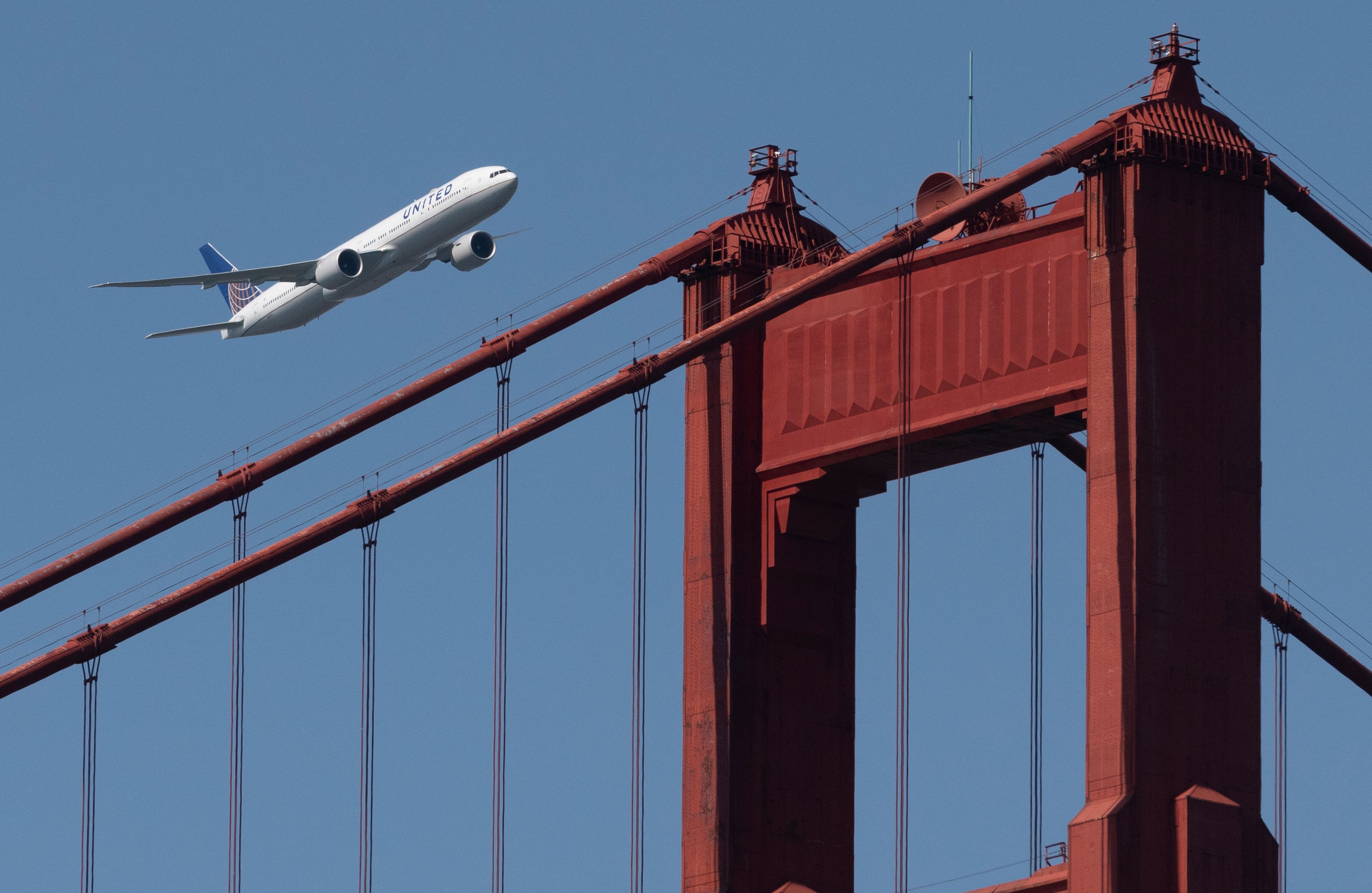Summary
- The runways at San Francisco International Airport (SFO) are sinking at a rate of 10mm per year, the highest among the airports surveyed.
- The sinking is uneven across the runway surface, which, in the longer run, could increase the overall damage.
- The researchers used satellite imagery to create the first-ever subsidence data set for US airport runways, allowing for accurate measurement of even minute deformations.
While transport infrastructure in the US, such as highways and bridges, often get massive coverage and attention for maintenance and upkeep, the runways at the country's airports often slide under the radar. But a new study regarding the sinking rate of runways at some of the country’s airports could help bring much-needed attention to the issue.
San Francisco runways are sinking
Oluwaseyi Dasho and Manoochehr Shirzaei of Virginia Tech have found that the runways of San Francisco International Airport (SFO) are sinking at a faster rate than other US airports. After seven years of examining the infrastructure of 15 coastal US airports, Dasho and his team found that the runways at SFO are sinking at the rate of 10mm (0.4 inch) annually. Dasho said,
“SFO was found to actually have the highest subsidence of the airports that we considered.”
Get all the latest aviation news for North America here.
The sinking isn’t uniform across the runway surface, with some areas losing height more than others. This creates an uneven surface, and when the figures add up over the years, the damage can also increase. CBS News Bay Area quotes Dasho as saying,
“When you have differential subsidence along the runway, there is a higher risk of damage along the runway. Along the runway, if there are points higher than the others, it could lead to a change of slope, it could lead to caverning and bulging along the runway.
“When there is bulging along the runway, it could lead to ponding of water when there is rainfall. We should be aware of our environment, we should be aware that the infrastructure we utilize are exposed to climate change events.”
San Francisco International Airport has four runways. Two parallel runways are in the east-west direction and are intersected by two parallel runways oriented in the north-south direction. The following article discusses the airport’s terminals and runways in detail.
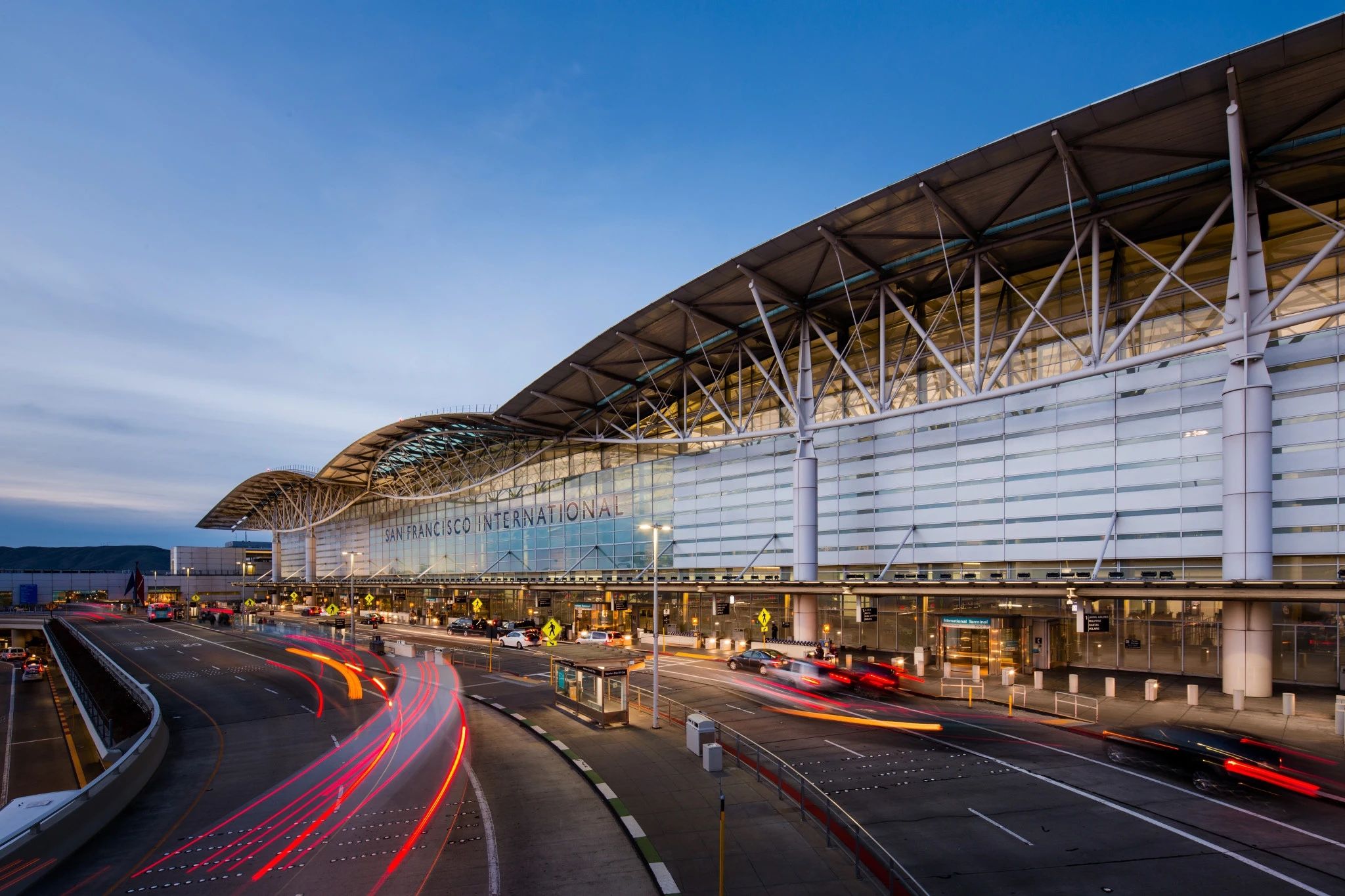
When Were San Francisco International Airport’s Various Runways & Terminals Opened?
The airport’s facilities have evolved over 90 years to accommodate increasing air travel.First-of-its-kind data
The researchers used satellite imagery to record the elevation of these runways, with Shirzaei, an environmental security expert at Virginia Tech, saying that it is the first subsidence data set ever created for runways at US airports.
The technology allowed the surveyors to calculate the vertical height of these runways with significant accuracy to the point where even minute deformation resulting from thawing and freezing could be measured.
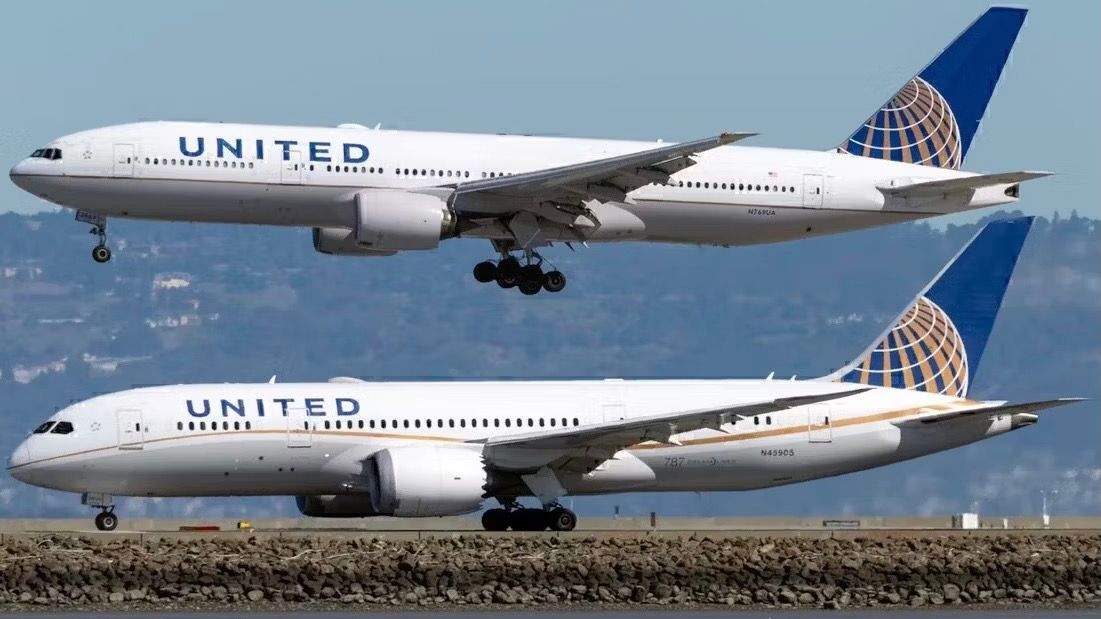
Which US Airports Have Parallel Runways That Facilitate Simultaneous Takeoffs & Landings?
These airports can lead to incredible landings.While SFO was found to have the highest sinking rate, Los Angeles International Airport had the lowest sinking rate at 1.7 mm (0.07 inches) per year. Of the airports surveyed, 96% of them were found to be at low risk, but Ronald Reagan National Airport in Arlington County, Virginia, and Tampa International and Orlando International Airport in Florida were found to be at high risk of damage.
Dasho and his researchers are in San Francisco for the AGU Annual Meeting 2023 and will present their findings on December 14.
What are your views on this? Please leave a comment below.

